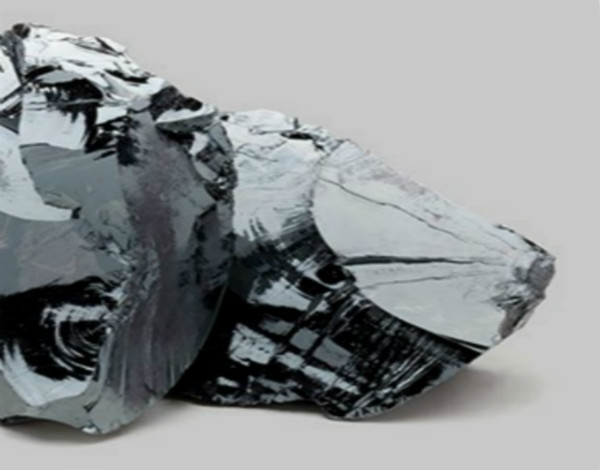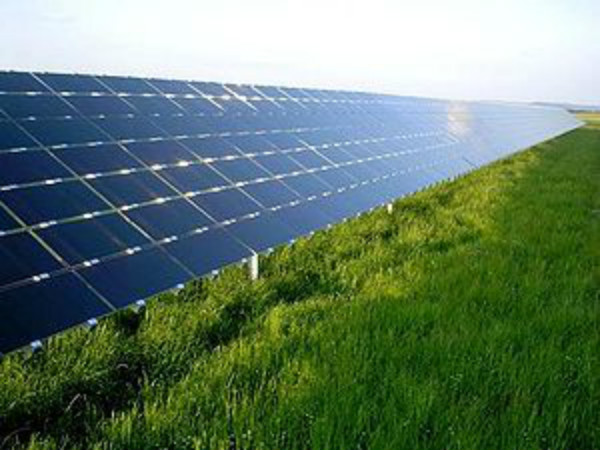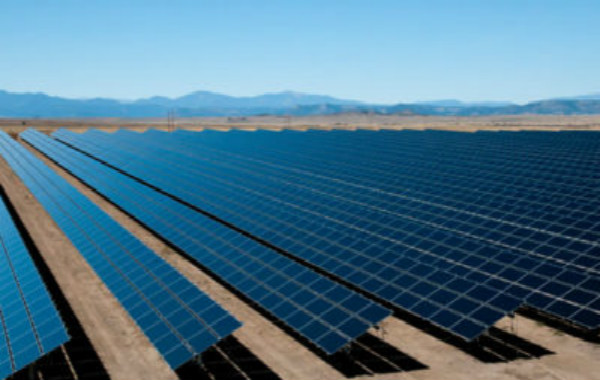Cadmium telluride thin-film solar cells are much cheaper to produce than crystalline silicon and other materials used in solar cell technology. Standard process, low energy consumption, after the end of the life cycle, recyclable, strong and weak light can be generated, the higher the temperature, the better the performance. With these advantages, CdTe thin-film Solar cells have begun to challenge conventional crystalline silicon Solar cells in the global market share. However, cadmium telluride solar cells still have some drawbacks of their own.

Tellurium is a rare element on the earth. The primary problem facing the development of cadmium telluride thin-film solar cells is whether the storage of tellurium on the planet can meet the requirements of industrial-scale production and application of cadmium telluride solar cell modules. Tellurium used to be in the form of copper, lead, zinc, and other mine byproducts, such as slag, as well as waste from smelters such as anode slime.
Although tens of thousands of tons of tellurium are known to exist on earth, and 130 to 140 kilograms of tellurium can be used to produce 1MW cadmium telluride thin-film solar cells, according to reports, they are nowhere near as abundant as silicon. Cadmium telluride thin-film solar cells contain the heavy metal element cadmium. Many people are concerned about the environmental impact of the production and use of cadmium telluride solar cells. That's why some companies and experts have been reluctant to step into the development and production of cadmium telluride solar cells for years.
To that end, scientists at Bookham national laboratory in the United States studied this question. They systematically studied the emissions of heavy metals from crystalline silicon solar cells and cadmium telluride solar cells per unit of electricity generated from conventional sources such as coal, oil, and natural gas and nuclear power. In the analysis of solar cells, the processing of raw ore into the materials needed for solar cells, the preparation of solar cells, the use of solar cells, and other life-cycle processes are considered. The results showed that petroleum had the highest cadmium emissions, at 44.3g/GWh, followed by coal at 3.7g/GWh. The discharge of solar cells is less than 1g/GWh, and the lowest emission of cadmium telluride is 0.3 g/GWh. Like natural gas, silicon solar cells emit about twice as much cadmium as cadmium telluride solar cells.
They also studied emissions of other heavy metals in the production and use of silicon solar cells and cadmium telluride solar cells. The results showed that cadmium telluride solar cells also emitted less arsenic, chromium, lead, mercury, nickel, and other heavy metals than silicon solar cells. The conclusions of this study are based on a systematic investigation of the cadmium telluride thin-film Solar cell production line and the on-site use of cadmium telluride Solar cell modules by First Solar, as well as an analysis of the technology and the use environment of other Solar cells and energy production enterprises. The scientific and impartial research results have been recognized at home and abroad. The researchers' presentation at the 2006 European materials conference on solar materials for sulfide semiconductors attracted substantial attention from the participants.

U.S. researchers have also studied cadmium contamination in thin-film solar cell modules that are damaged by accidents such as fires. They tested the cadmium telluride thin-film solar cell modules in a double-glass package at temperatures up to 1100 ° c, simulating a fire in a building. The results showed that the glass softened to the point of melting at high temperatures, the compound semiconductor film was encased in the softened glass, and the cadmium loss was less than 0.04 percent of the total cadmium content of the battery. Taking into account the risk of fire, cadmium emissions during use are less than 0.06mg/GWh.
Although experiments have shown that cadmium telluride thin-film solar cell modules are safe for use, establishing a mechanism for recovering end-of-life battery modules and damaged modules could boost public confidence. The separated Cd, Te, and other useful materials can also be used to manufacture the relevant documents for the production of solar cell modules for recycling. Studies in the United States and Europe show that it is technically feasible and that the benefit of recycling materials is higher than the cost of recycling. First Solar's cadmium telluride Solar modules are sold under recycling contracts paid for by the plant.
To sum up, cadmium telluride solar cells are environmentally friendly in production and use.





